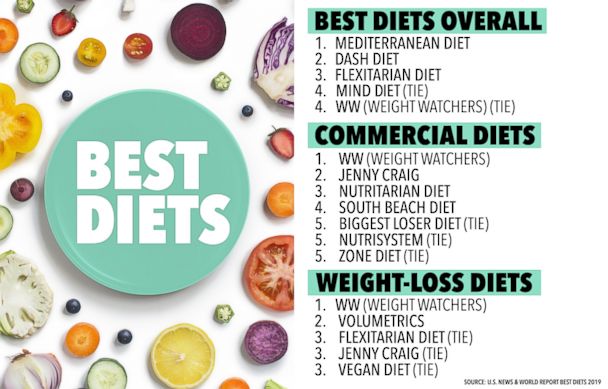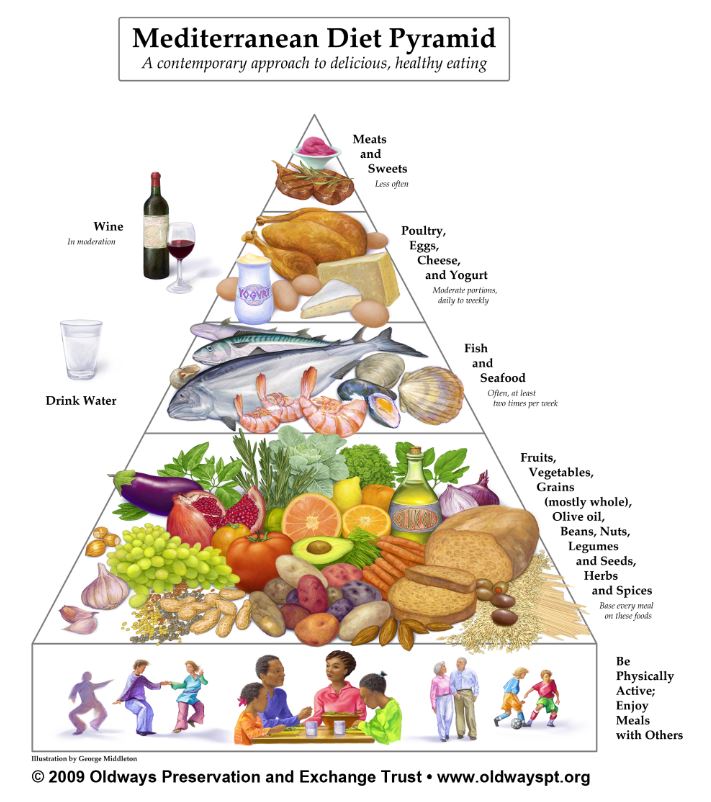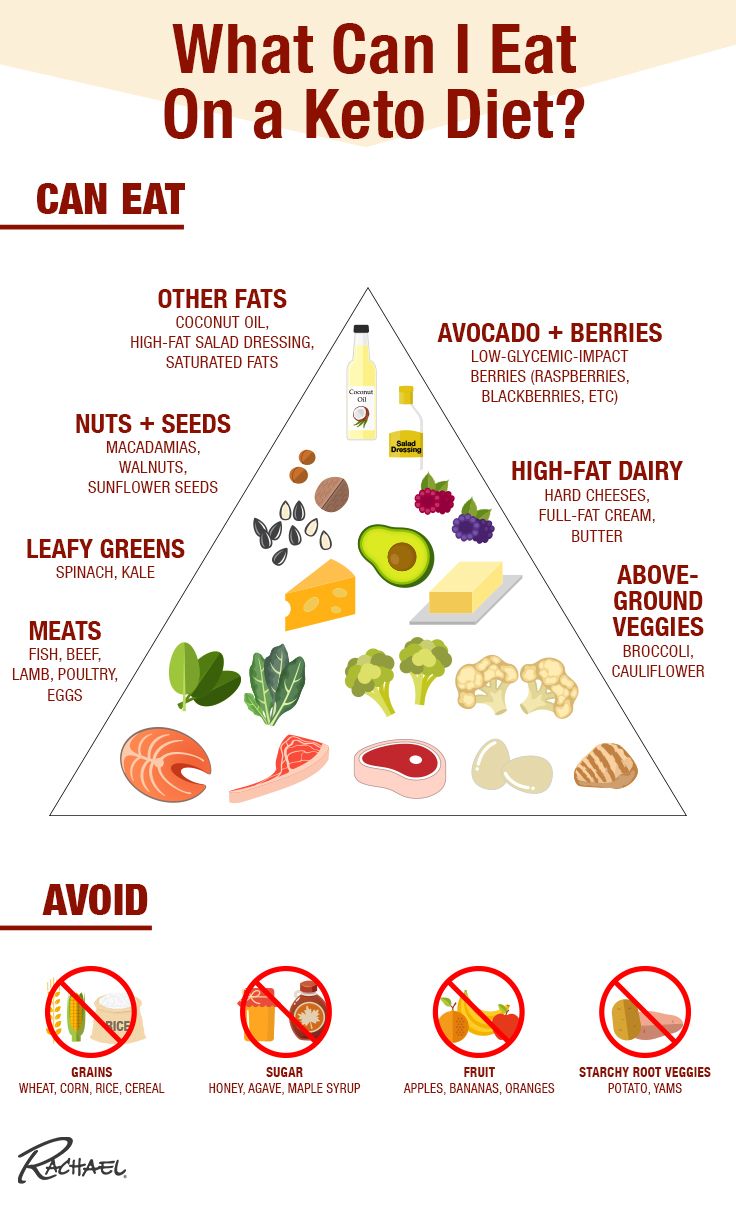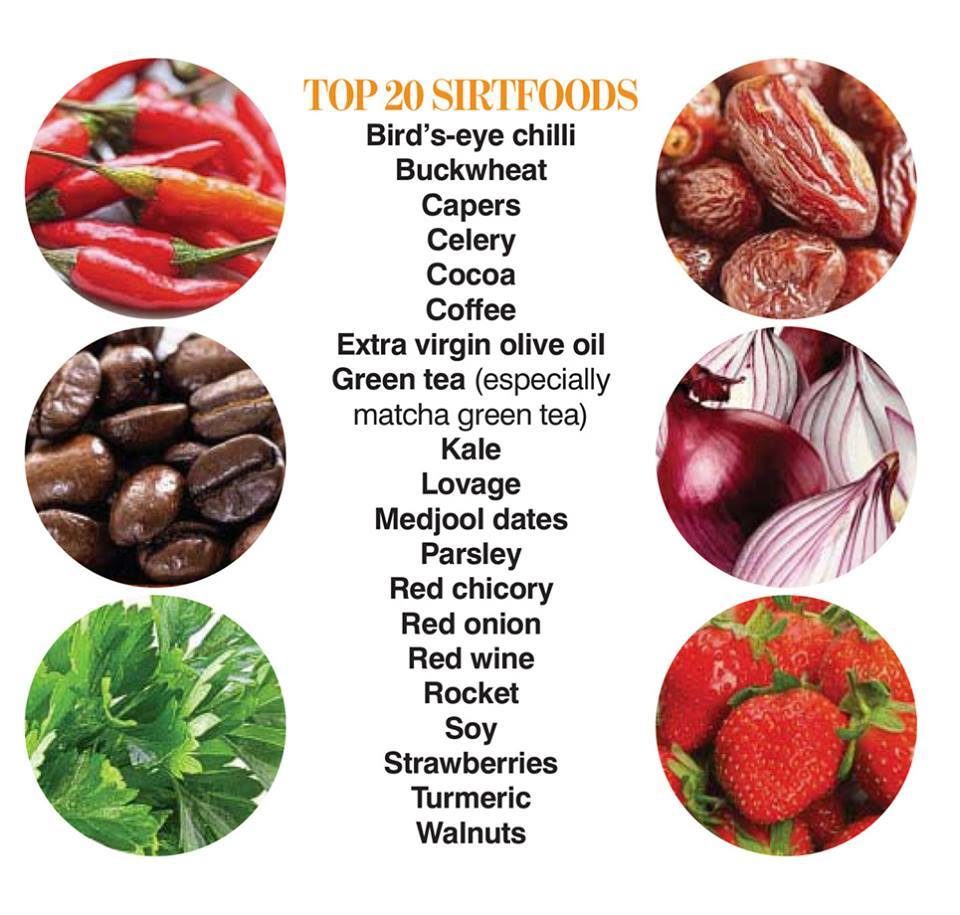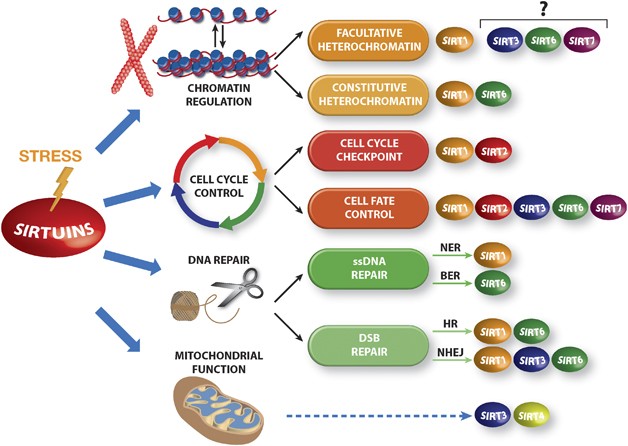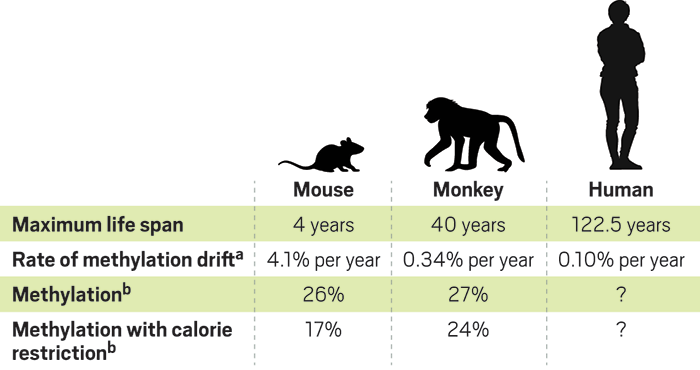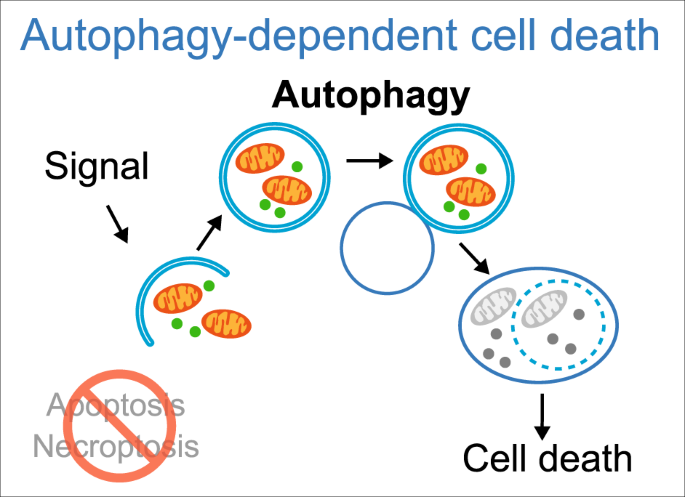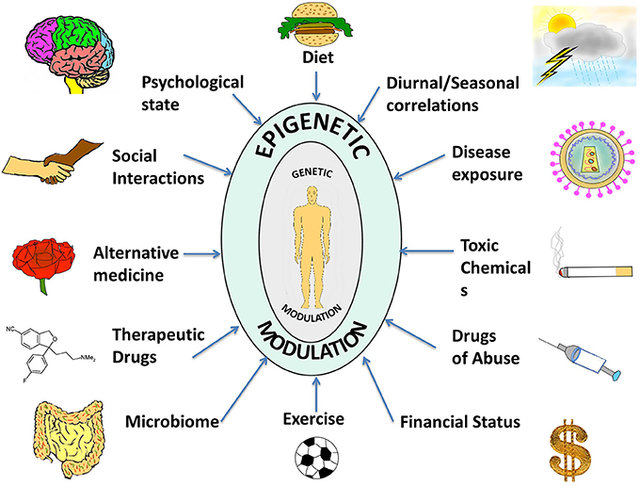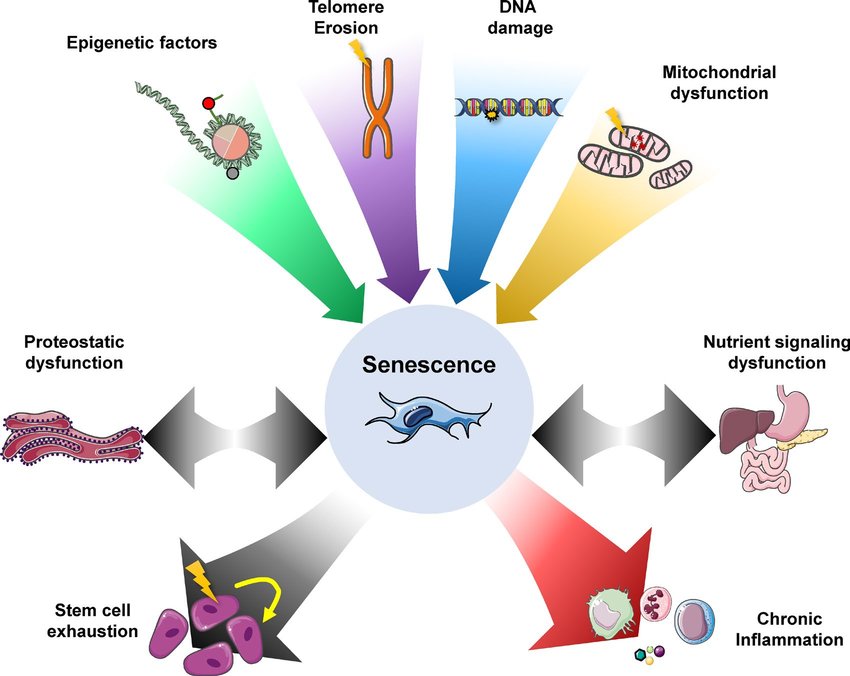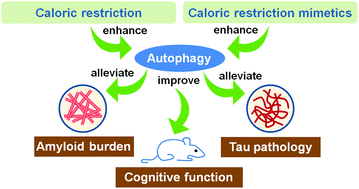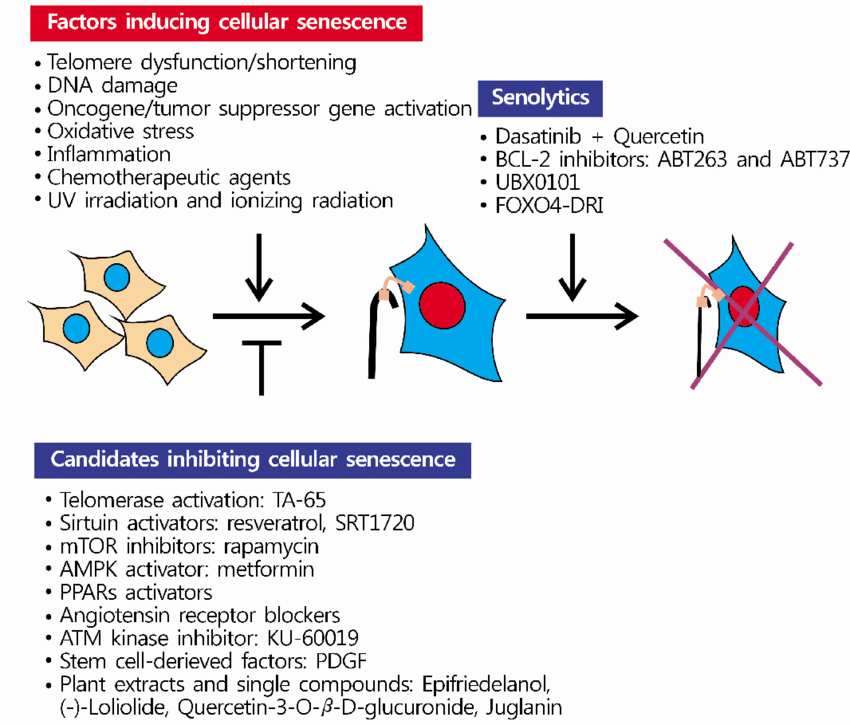Your way to your personal, tailor-made Nutrition, Precision Nutrition
Different responses of individuals to the same diet are well known. Modern science is analysing the reasons for this. In the evolution of men individuals who extract more energy from rare food were privileged. In recent scenarios of mostly sufficient foods good energy extractors have higher risks for obesity and metabolic diseases.
Genetic:
Genome wide association studies found about 500 genetic mutations, especially single nucleotide polymorphisms (SNPs) which correlation with obesity and metabolic diseases. Some of them, such as SNPs in the FTO gene coding for an AlkB like gene demethylating DNA and influencing appetite, have received special interest. However, most SNPs and even combination of SNPs have a rather small influence on phenotype like obesity. But although typically only 30-35 % of the metabolic phenotype is believed to be genetically (Mendelian based) multiple companies offer only genetic analysis based nutritional recommendations. more >>>
Microbiota:
Different patterns of microbiota with a different composition of groups of microorganisms ( e.g Firmicutes, Baceroidetes, Actinobacteria , Prevotella, Akkermansia, F. prausnitzii, and many others) have been found to produce different amounts of epigenetic metabolites from fibers (such as butyrate), to influence the leakiness of the gut barrier (leaky gut via tight junctions) regulating the penetration of inflammatory endotoxins into the body causing low-grade inflammation and to influence the gut-brain- endocrine axis regulating appetite but also nervous disorders such as depression or even cognitive decline such as in Alzheimer. Some companies offer nutrition recommendations based on the analysis of microbiota. However, the microbiota structure is highly responsive to many lifestyles or nutritional influences making the identification of personal key structures difficult.
Metabolomic:
Our metabolisms produce a large number of metabolites, small molecule substrates, intermediates, and products. Specifically, metabolomics is the “systematic study of the unique chemical fingerprints that specific cellular processes leave behind”, the study of their small-molecule metabolite profiles. Metabolomics is mostly used to characterize fast responses to certain foods. Because of the high amount of metabolites and their interactions personalization of diets based on metabolomics only is difficult.
Epigenetic:
The epigenetic response to nutrition and lifestyle is mostly slow and therefore epigenetic markers are believed to robustly integrate and characterize different influences over a certain amount of time. Consequences of diets and exercise can be precisely seen in methylation markers such as the epigenetic clock or changes in sets of miRNAs. more >>>
Conclusions:
Markers for analysis of peronalised diets will need to involve markers from many OMICS. When looking for advice from companies offering analysis based nutritional recommendations screen for companies offering integration of various kinds of markers and lifestyles.
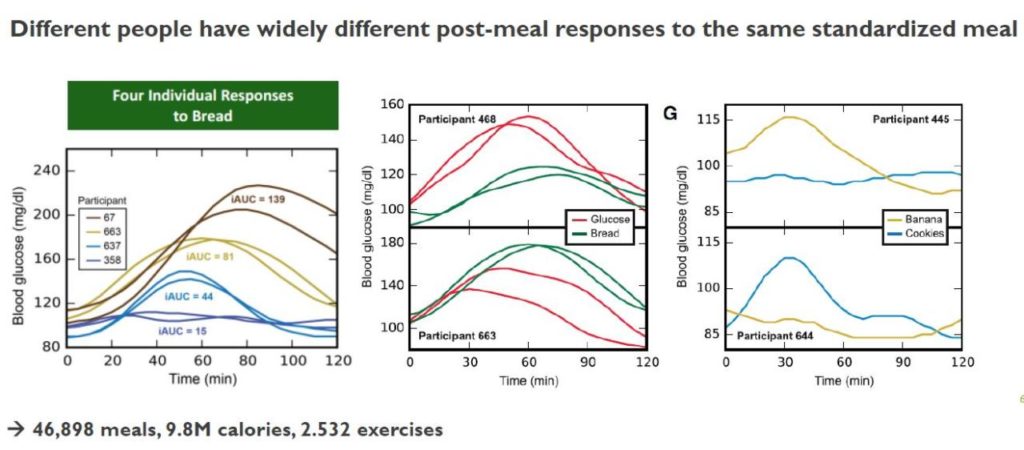
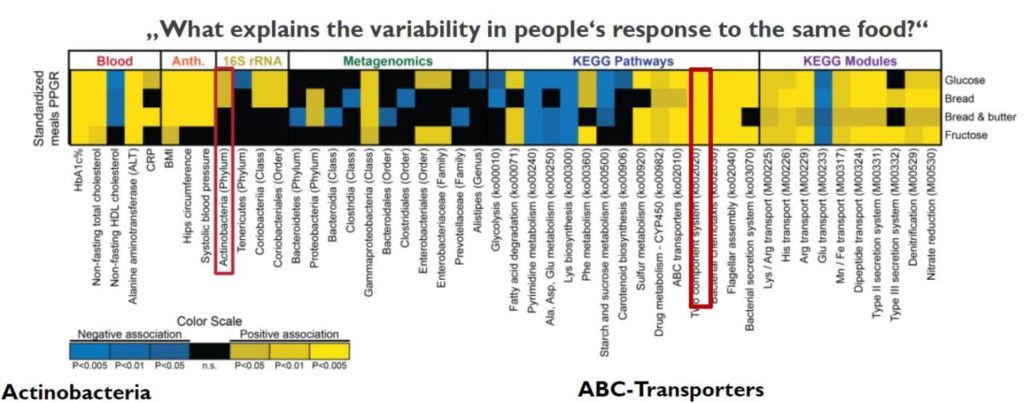
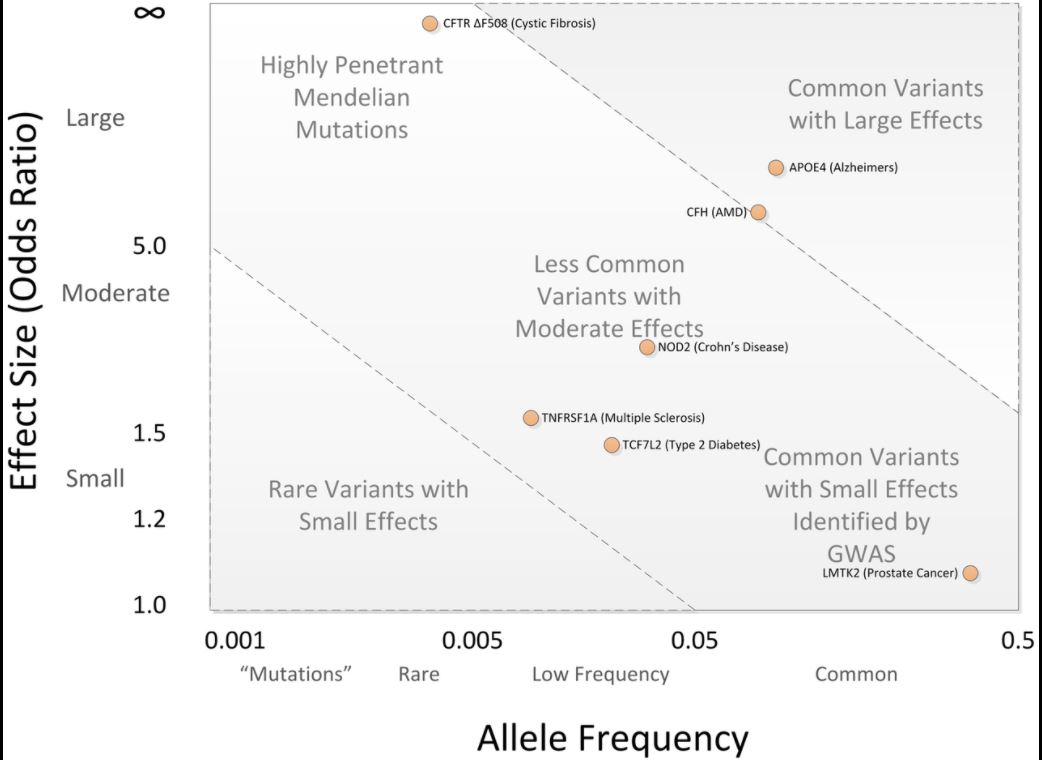
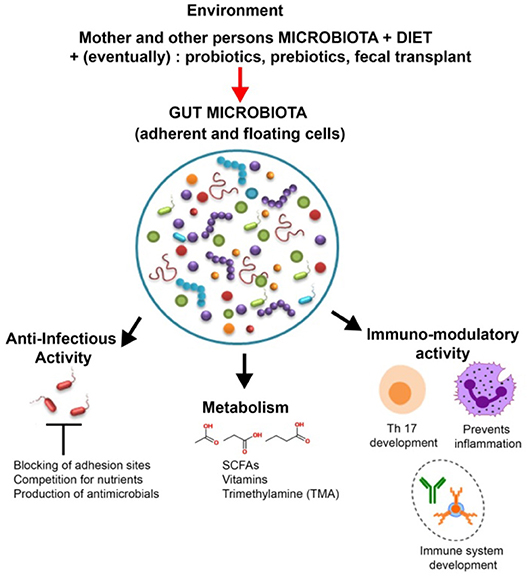
Concept
Lagging somewhat behind the development of precision medicine, precision nutrition follows similar concepts and wants to improve present serious metabolic problems. Many countries have implemented nutritional guidelines to help prevent disease and provide optimal nutrition for individuals. The US has had many diferent forms of nutritional guidelines in the past decades, the most recent one being the “My plate” food-based dietary guideline. A systematic review overlooking the adherence and knowledge of the US nutrition guidelines since 1992 found low adherence to the guidelines and that knowledge did not lead to action (Haack & Byker, 2014).
Dietary guidelines are an extremely important instrument, but even a very recent overview (Herforth et al., 2019) addresses the problem of important disparities. Another problem of dietary guidelines is that they reflect the daily intake required to meet the nutrient requirements of 97,5% of the healthy population, meaning they are not geared towards specific individual needs or towards sick individuals. More so, these guidelines are based on statistical evidence of epidemiologic studies and not on interventional trials. Even though the European Food Safety Authority (EFSA) acknowledges that “the physiological requirement varies between individuals dependent upon genetic and epigenetic differences, age, sex [and] physiological state” it is presumed that nutrient requirements follow a normal distribution (EFSA, 2010).
As the EFSA correctly states, the individual nutrient requirement is affected by genetic and epigenetic differences, as well as by the gut microbiota. These factors are not included in current nutritional guidelines as it is impossible to construct general guidelines that incorporate such personal data.
The field of personalised preventative nutrition tries to incorporate these factors to better advise patients on their nutritional needs (de Toro-Martín et al., 2017) (Ordovas et al., 2018b)
Personalised precision nutrition is based on the idea that individualising nutritional advice, products, or services will be more effective than more generic approaches. Personalisation can be based on:
• Biological evidence of differential responses to foods/nutrients dependent on genotypic or phenotypic characteristics
• Analysis of current behavior, preferences, barriers, and objectives and subsequent delivery of interventions, which motivate and enable each person to make appropriate changes to his or her eating pattern (Ordovas et al., 2018a)
More
Ordovas J et al., 2018 >>>
Bordoni L et al., 2019 >>>
De Toro-Martín J et al., 2917 >>>
John Mathers, results from the Food4Me project >>>
Spektrum der Wissenschaft personalisierte Ernährung >>>
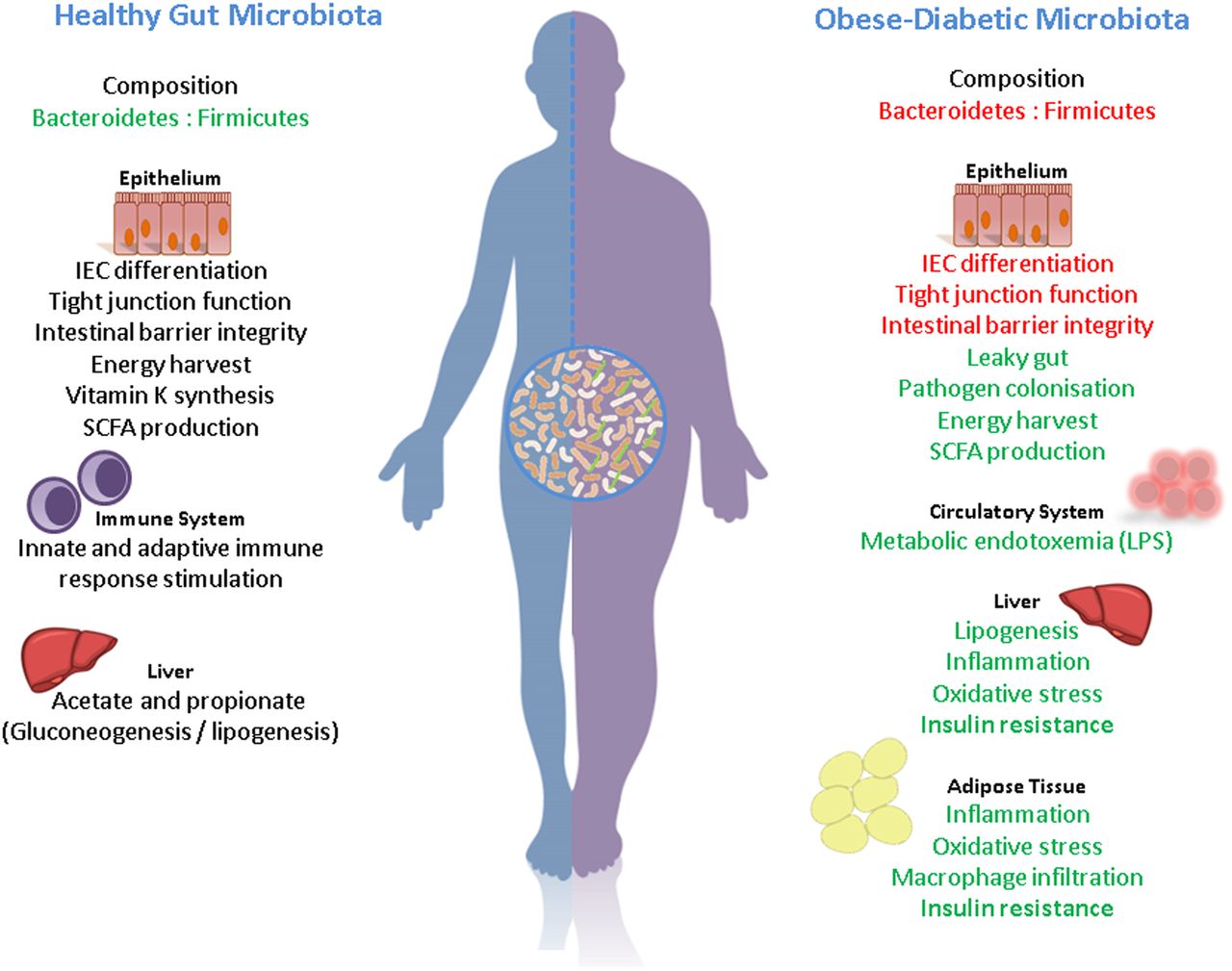
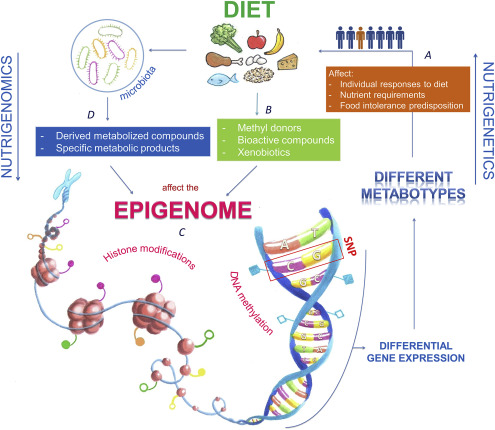
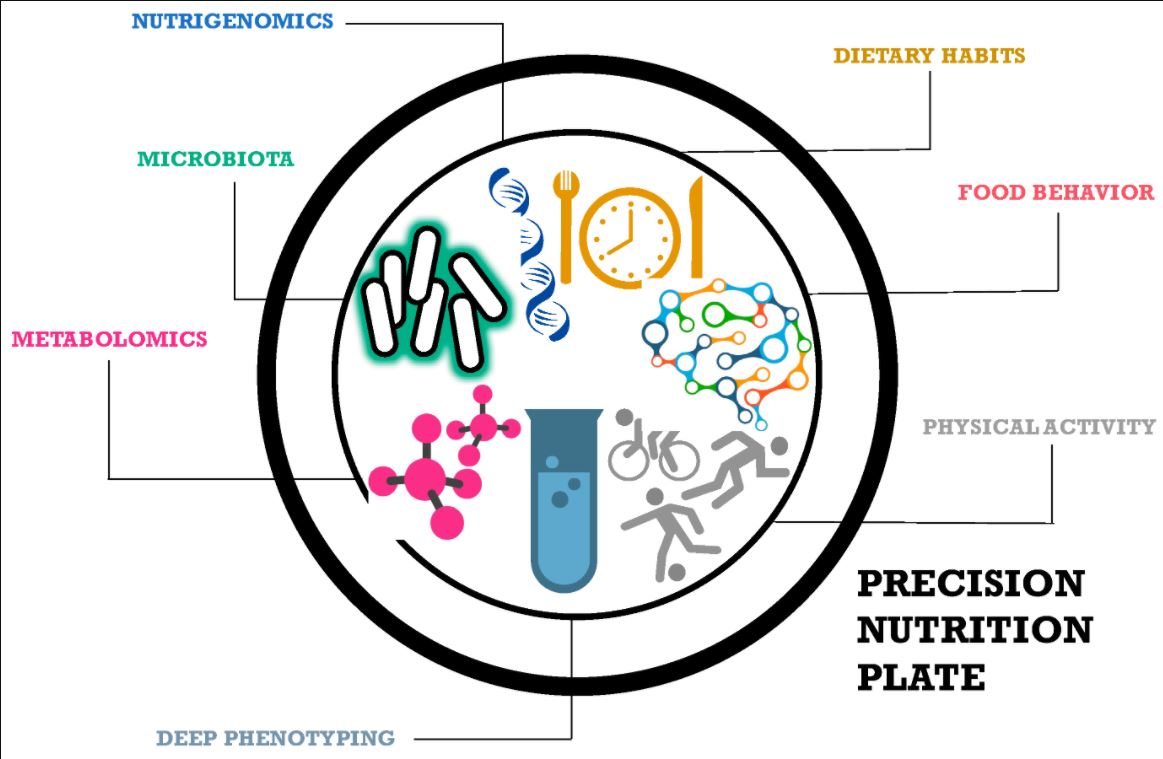
Diets
A diet usually is a short-term change in the usual eating pattern of a person for their weight loss or weight gain. Not infrequently, the reduction is associated with a waiver and a one-sided food selection. A long-term or permanent change in diet may be for the supportive treatment of a disease, such as lactose intolerance or gluten intolerance. There are so many kinds of diets, and at least as many strategies and hypotheses about which diet might work the best and has the best goals. Some restrict calories or reduce appetite, others are low in carbs or in fat. The main goal of a Diet should be a long-term health benefit. Not only the prevention from nutrition-related diseases but also the increase of the well-being.
Intermittend Fasting
Intermittent fasting is a dietary approach which cycles between times of feeding and fasting.Certain foods/macronutrients are not necessarily restricted, only their times of consumption.
There are many ways to undertake intermittent fasting and ultimately the approach taken should be tailored to suit the individual’s lifestyle
The main approaches are:
Alternative day fasting: In this approach individuals alternate between days of fasting (having less than 500-600kcal) and days of habitual eating. Some choose to completely abstain from eating on the fasting days; e.g. they may have a final meal on a Monday evening, then not eating again until the Wednesday morning.
The “5:2 Diet”: On this approach you would eat habitually for 5 days and then fast (have less than 500-600kcal) on the other 2 days of the week. These 2 days are not normally consecutive, and can be changed from week to week to fit in with your schedule. There are other approaches similar to this, but with more (e.g. 4:3) or less(e.g. 6:1) fasting days.
Time restricted eating: In this approach you select an eating window, usually between 4 and 8 hours, and only eat during these time. This is commonly performed simply by There is not currently much rigorous and robust research looking at intermittent fasting (compared to other approaches), particularly studies with a long duration.
Low Carb Diets
The low carb diet became known through the American doctor Robert Atkins, who introduced the Atkins-diet and has since become an indispensable part of the most popular diets.
A low carb diet is low in carbohydrates and high in fats. That’s why it’s called LCHF as well. That means one avoids sugary food, pasta and bread and eats a lot of natural fats, vegetables and protein instead. Additionally, there is no need to count calories. The explanation for this kind of diet is based on the stabilization of blood sugar levels. Because of the sharply rising blood sugar level during a carb rich meal or a sugary snack, the hormone insulin is released. A low carb diet prevents this rapid increase and keeps blood sugar levels constant. This avoids cravings, reduces food intake, increases fat burning and causes weight loss. There are several types of low carb diets, depending on the amount of carbohydrate you consume daily.
The Atkins Diet is divided into 4 different stages, with more carbs and more fats added at each stage.Phase 1 is called „The Induction“. The carbs are reduced to 20g per day. Mainly a lot of proteins and a lot of fat are consumed. This phase lasts 2 weeks, it should be the kick-start for the weight loss.The second phase is “The Balancing”, in which more fats and especially small amounts of fruits are slowly added.The following phase, is the fine-tuning phase. Here, the desired weight would already have been reached, so now more carbs are consumed and the weight loss is lower.The Maintenance is the last stage. Healthy carbs can be consumed again In addition to a high weight loss, the low carb diet can also be credited with other benefits. It can improve blood sugar, triglycerides and high density lipoprotein (HDL).
Ketogenic diet
The ketogenic diet is an extreme form of a Low Carb Diet. The intake of carbs is reduced to max. 20 g per day. Also, the protein intake is limited because amino acids from protein can be converted into glucose, which in turn throws the body out of ketosis. At a maximum intake of 20g of Carbs a day, the body gets too little glucose, so it has to look for an alternative energy source, which are the ketone bodies. These are produced in the liver from fat and can serve body and brain as an energy source, which is why the insulin levels remain very low and fat is being burned. Ketone bodies are produced because fat-metabolism depends on the carbohydrate-metabolism (pyruvate from carbs is needed to burn acetyl coenzym A from the beta-oxidation of fatty acids in the citrat acid cylcle).
The South Beach Diet with an intake of 20-50 g carbs and the LOGI-Diet with an Intake of 50-100 g carbs are examples of diets which are also low in glycemic index.
Low Fat Diet
On a very low fat diet, only about 10% of total calories are absorbed through fat. Instead, more whole grains, vegetables and fruits are added to the diet. Since animal products are usually very fatty, they are rarely eaten. That’s why the diet is mostly plant-based and vegan. In addition to a very low intake of fat, the protein intake is reduced to 10% and the intake of carbs increased to 80%, so the low fat diet is often known as high carb low fat (HCLF). Studies have shown that a fat reduction to 10% or less improves high cholesterol and blood pressure, and may achieve high weight loss and benefits for heart disease.
Because fat is part of the cell membrane and hormones and is involved in the absorption of various vitamins, it plays a very important role for the body. Consequently, one risks long-term problems by such high fat reduction. In addition, this diet can be very one-sided and very hard to stick to.
The Women’s Health Initiative (WHI) and the Multiple Risk Factor Intervention Trial (MRFIT) are two long-term studies which show that low fat diets have only little effect on cardiovascular disease, cancer or weight loss.
Mediterranean Diet
The Mediterranean diet (MD) is based on the traditional healthy eating habits of mediterranean cooking, from countries like France, Spain, Italy and Greece. There is no clear definition or rules here, as mediterranean eating habits vary from country to country. However, vegetables, fruits, whole grains and fish and unsaturated fats are always on the menu. Meat and dairy products are reduced here. Studies have shown that the diet has been linked to a healthier heart and reducing risk of cancer, Parkinson’s and Alzheimer’s disease.
Fatty fish, such as salmon and sardines, are rich in omega-3 fatty acids (like DHA), which lower triglycerides, reduce blood clotting, keep blood pressure constant and better health for blood vessels.
Nearly 25 years ago, the Mediterranean Pyramid was created by Oldways, Harvard School of Public Health and the WHO, to provide a visual overview of this diet. In addition, a lot of veggies and whole grains are consumed instead of empty white flour products and sugar. This can reduce the risk of chronic diseases and cancer. Furthermore, a study showed that the Mediterranean diet may be associated with longer telomere length, which is a biomarker for aging. Fruits, vegetables and nuts contain many antioxidants, polyphenols, and other good ingredients that can affect epigenetic modifications. The MD also stands for good fibre intake and all of its positive impacts on cholesterol and intestinal health (f.i. lower risk for colorectal cancer).
Sirtuins, Sirtuin diet
Sirtuins are also called Sirt2-like proteins and are a family of multifunctional enzymes. They possess mono-ADP-ribosytranserase or deacylase activity and so have influence on a wide range of cellular processes like aging, transcription, apoptosis and infalmmation. They also have influence on stress resistance and energy efficiency during low-calorie situations (like fasting or CR).
Sirtuins are stress-responsive proteins with several biological functions. They can influence certain post-translation modifications; regulate transcription factors and repressors, as well as miRNA and protein-protein interactions. They are considered to be master regulators of several cellular processes such as gene expression, telomere activity, cell cycle, apoptosis, DNA repair and oxidative stress respons.
On molecular level one way of regulation is the silencing of genes via histone deacetylation. Histones are the molecules on wich DNA is reeled up. For transcription of DNA it has to be in a free form. Deacetylation of histone lysin rests leads to a stronger binding and so to a silencing of several gen regions.
The sirtuin pathway is believed to be able to slow down aging processes. At least studies on model organisms with the sirtuin activator resveratrol have shown such results.
In several animal models it was possible to prolong the animal lifespan with CR. It also has been shown to delay and reduce age-related diseases such as heart disease, diabetes, artherosclerosis, autoimmune diseases, neurodegenerative diseases or kidney diseases. Another important and positive factor of CR is the increased resistance to oxidative stress.Positive effects on insulin sensitivity, high blood pressure, cholesterol and DMI also have been reported. Fasting and caloric restriction improve three main mechanisms for health and healthy aging: epigenetic regulation, autophagy and senescence
Autophagy
Autophagy is that in the absence of external sources of food, the body begins to eat itself (auto: self, phage: eat), destroying and recycling its own damaged cell bits and proteins, so that new and healthy versions can be built. Autophagy is the receicling and detoxification process of the body. Autophagy is believed to be essential for helping to protect against diseases like cancer and dementia, among others. Fasting induced autophagy was shown to reduce dangerous proteins in the brain of patients with increasing dementia.
More on caloric restrition and autophagy >>>
Epigenetic
Aging and the epigenetic regulation: the epigenetic clock
A key question in biology is to understand why and how we age. The cellular and molecular hallmarks of aging include changes associated with cell senescence, dysregulated nutrient sensing, and stem cell exhaustion, among others. In this decade, we have discovered the remarkable power of epigenetic changes to estimate an individual’s age . Epigenetics encapsulates the chemical modifications and packaging of the genome that influence or indicate its activity. Data enabled the construction of extremely accurate age estimators, termed “Epigenetic” or “DNA methylation clocks” .
The epigenetic clock is used as a marker for biological age of an individual . The age-related phenotype or outcome may be disease, mortality, clinical measures of “frailty”.
Recent studie have clearly shown that caloric restrition, fasting, exercise and mixtures of nutritional supplements can impact on the epigenetic clock, suggesting an epigenetic rejuvenation.
The epigenetic clock >>>
Ways to change the epigenetic clock >>>
Cellular Senescence, Fasting & Senolytics
Cellular senescence is one phenomenon by which normal cells cease to divide. In the 1960’s, Leonard Hayflick and Paul Moorhead found out that normal human fetal fibroblasts in culture reach a maximum of approximately 50 cell population doublings before becoming senescent. Senescence can be induced by such stresses as telomere shortening, DNA damage, oncogenic mutations, metabolic and mitochondrial dysfunction, and inflammation. Senescent cell burden increases in multiple tissues with aging, at sites of pathology in multiple chronic diseases, and after radiation or chemotherapy.
Senescent cells (SC) play a big role in the process of aging and for age-related physical dysfunctions. SC are very different from healthy cells. The expression of different genes, no more replication and the increased production of pro-inflammatory signals are characteristics. Such signaling substances are f.i. inflammatory promoting cytokines, chemokines, proteases (enzymes breaking down proteins) and built together the so called senescence-associated secretory phenotype (SASP). The infalmmation created by SC can lead to tissue dysfunction and as well can turn healthy cells senescent. This can affect the whole organism.
One major problem ist that SC have several pathways to escape apoptosis (natural programmed cell death) and so can do harm for long time. This is where senolytics come into play. Xu and colleagues found out, that a mix of dasatinib and quercetin (flavonoid) selectively eliminate SC and so alleviated physical dysfunction an late-life survival in mice. First studys with human tissue have shown promising results for application on humans in future.
A more practical, non-genetic, but also good way to enhance the health of human cells is caloric restriction (CR) with adequate nutrition or fasting. Several studys have shown that both have a senolytic (combat SC) effect in several organs and tissues. Muscles, liver, heart, pancreatic and nervous system f.i. benefit of the health improvements via these dietary interventions. Autophagy („self-eating“), is a cleanup process that causes the removal of aggregated or musfoldet proteins an also the recycling of damaged cell components, plays a big role in this. Autophagy is up-regulated by fasting and CR and has a protective part against genome instability and necrosis. By and large, it has a substantial role in prevention of many diseases like infections, diabetes, cancer, liver diseases, neurodegeneration, cardiomyopathiy, autoimmune diseases and diverse age-related health issues.
Calorie Restriction Mimetics (CRM)
Beside the health benefits by CR there are some disadvantages to be dealed with. First of all the compliance to the lower intake is not very hight. Furthermore, side effects like lower body temperature, reduced circulating sex hormones are reported. Lower bone mineral density and slower woind healing are also possible, espacially in long term. To solve this problems scientists have created the concept of calorie restriction mimetics (CRM).
CRM are several substances which are able to stimulate the same molecular pathways with positive effects on health like CR without the disadvantages mentioned in the previous section. Currently there is no perfect mix of CRM molecules jet, but there are good candidates wich are already tested in many studies.
Very promissing arte SIRT-1 activators (see sirtuines) like resveratrol, inhibitors of TOR, espacially rapamycin and glycolytic inhibitors like 2-deoxy-D-glucose. Moreover, insulin pathway and AMPK (restrains f.i. fat-synthesis) activators and autophagy stimulators. Alpha-lipioic acid and dietary antioxidants may also delay specific aspects of aging.
Food additives which mimic caloric restriction are discussed here >>
Learn more:
https://www.ncbi.nlm.nih.gov/m/pubmed/30279143/
https://www.ncbi.nlm.nih.gov/m/pubmed/30395873/
https://www.ncbi.nlm.nih.gov/m/pubmed/30172870/
https://www.researchgate.net/publication/319470878_The_Clinical_Potential_of_Senolytic_Drugs
https://www.researchgate.net/publication/257248297_Calorie_Restriction_and_Dietary_Restriction_Mimetics_A_Strategy_for_Improving_Healthy_Aging_and_Longevity
https://medium.com/lifeomic/dont-be-a-zombie-senolytics-exercise-and-fasting-fight-off-senescent-cells-cc720d88240
Overeating
Three types of over eaters have been suggested. Feasters who find it hard to stop eating once they start, constant cavers who feel hungry all the time and emotional eaters who turn to food when they get stressed or anxious.
When it comes to feasters, research shows hormones play a big part in their eating habits. In particular, they produce low levels of certain gut hormones that are released when food arrives in the intestines. These chemical signals travel through the blood to the brain and tell the body when it has had enough food and should stop eating.
What’s the right diet for you? Do you struggle with your weight and wonder which diet would give you the best results?
On What’s The Right Diet For You? A Horizon Special, we profiled 75 people to understand why they had problems losing weight. Medical and nutritional experts tested their hormones, genes and attitudes towards food, categorising them into three groups: Constant Cravers, Feasters and Emotional Eaters. Our experts then gave each group a different diet to follow, using a scientific approach to weight loss.



